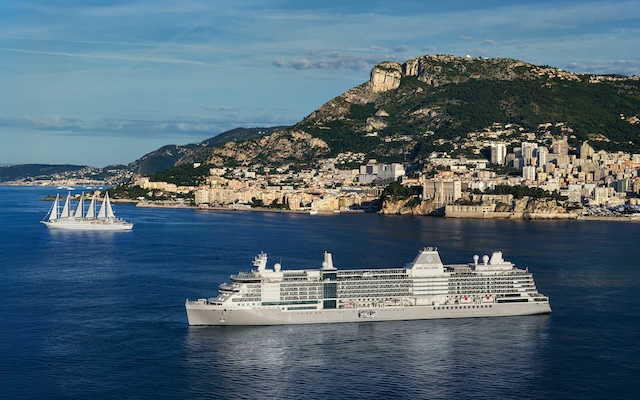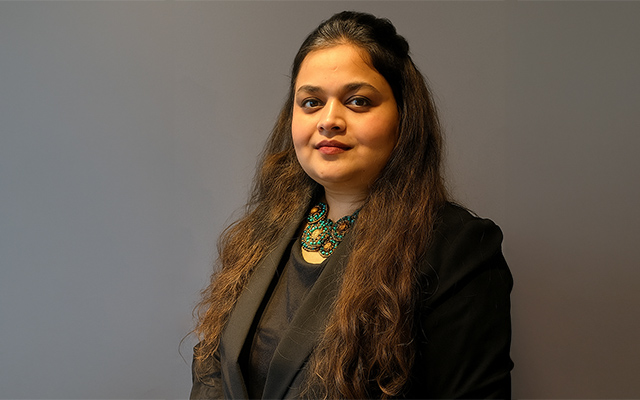Sojern’s latest edition of the State of Destination Marketing 2025 report finds that DMOs are maintaining or increasing digital advertising budgets compared to last year and adopting more sophisticated strategies.
The report, produced through a partnership between Sojern and Benchmark Research Partners – and supported by Brand USA, Destination Canada, the European Travel Commission, and the Caribbean Tourism Organization – builds off the 2024 report and highlights current destination marketing trends.

“A striking 85 per cent of DMOs are maintaining or increasing digital advertising budgets compared to last year,” said Noreen Henry, chief revenue officer at Sojern.
“As DMOs invest more into their budgets and adopt more sophisticated strategies, they must continue to demonstrate return on that investment, which requires them to leverage advanced tools and data to engage travellers throughout the marketing funnel.”
With insights from nearly 200 global DMOs, government departments, and affiliated tourism entities, the report underscores the resilience of digital advertising.
The report also identifies challenges faced by DMOs in the course of their work – the need to show clear results with limited resources, rising expectations, and technological change.
The pressure is high to deliver results, and the resulting multichannel campaigns are more technical and complex. While 60 per cent use clicks as their top metric, 54 per cent struggle to demonstrate clear ROI, and 37 per cent identify tracking and attribution as key challenges when managing full-funnel campaigns.
Currently, 83 per cent of respondents focus on programmatic advertising.
Display ads (97 per cent), social media advertising (90 per cent), and search engine marketing (80 per cent) remain the dominant channels in DMOs’ paid media strategy.
Meanwhile, AI is reshaping destination marketing, with 63 per cent of DMOs using it for content creation. Only 28 per cent use AI for data analysis, highlighting a massive opportunity to use AI for deeper insights and more effective decision-making.
Addressing resource limitations and training gaps will be critical to unlocking AI’s full potential.
While DMOs have traditionally preferred to run seasonal campaigns, the report revealed that 52 per cent are now favouring always-on campaigns over seasonal ones (40 per cent). Always-on campaigns drive results, with 42 per cent reporting improved brand awareness as the most significant impact an always-on marketing strategy has on overall campaign performance.
DMOs are getting better at crafting campaigns for specific audiences – for example, 66 per cent are extensively focusing on outdoor enthusiasts, but only 15 per cent are using advanced personalisation techniques that adjust offerings in real time across channels.
This leaves a huge opportunity to create more tailored experiences for travellers at every stage of their journey.
As travel and tourism recovers from the pandemic, DMOs are now rebalancing and adopting a long-term strategic approach for their campaigns. As a result, brand awareness has become more important, and shift is clear in how campaigns are being run – now split 50/50 between stage-specific and full-funnel strategies, a big change from 2024 when full-funnel dominated at 70 per cent.
Sojern’s report also stated that data is a powerful tool for DMOs, but many realise that figuring out how to use it effectively is no easy task. More than half (51 per cent) of DMOs say data analysis is a major challenge, and 45 per cent struggle to turn that data into actionable strategies.
Still, these hurdles present an opportunity for DMOs to stand out by using data to create campaigns that hit the mark.
The report shows that most DMOs are already leveraging data – 84 per cent for digital marketing insights, 75 per cent for tracking visitor statistics, and 69 per cent for market research.
On the new media front, social media remains central, with 91 per cent of DMOs using it for marketing and 99 per cent ranking Facebook and Instagram among their top five channels. However, connected TV (CTV) and short-form video are gaining traction as emerging formats, offering significant potential for DMOs to create immersive, visually rich campaigns that resonate deeply with travellers.



















